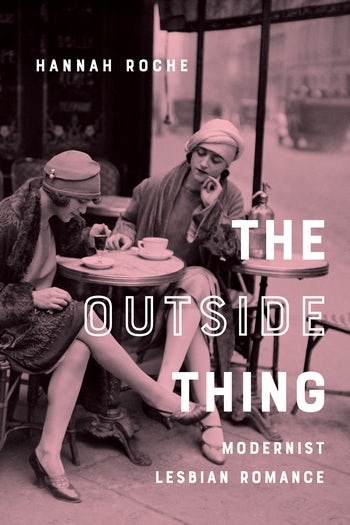Richard Suchenski on the Films of Hou Hsiao-hsien
On Friday, September 12, 2014, the Museum of the Moving Image will launch a retrospective of the films by Taiwan’s celebrated director Hou Hsiao-hsien.
In conjunction with the retrospective, Richard Suchenski, editor of Hou Hsiao-hsien will join Columbia film scholar Richard Peña and acclaimed writer and academic Ian Buruma in a public discussion hosted at the Weatherhead East Asian Institute about Hou’s films on Friday, September 12, 2014, from 3:00 PM – 4:30 PM in Kent Hall 403 on the Columbia University campus.
Below is an excerpt from an interview with Richard Suchenski that originally appeared on the Weatherhead East Asian Institute site.
Q: What makes Hou Hsiao-hsien’s filmmaking distinctive?
Richard Suchenski: Salient features of Hou’s cinema include elegantly staged long takes, the precise delineation of quotidian life, and a radically, even vertiginously, elliptical mode of storytelling. His films place unusual demands on the viewer, but their sophistication is understated and their formal innovations are irreducibly bound up with the sympathetic observation of everyday experience. In the book, I argue that by combining multiple forms of tradition with a unique approach to space and time, Hou has created a body of work that, through its stylistic originality and historical gravity, opens up new possibilities for the medium and redefines the relationship between realism and modernism.
One often has the peculiar sensation when watching Hou’s films of looking backwards and forwards simultaneously, continually refining an understanding of preceding scenes even when immersed in the unfolding present. He goes furthest in this direction with The Puppetmaster (1993), but there are already extraordinary examples in his breakthrough film The Boys from Fengkuei (1983).
Q: What inspired you to study Hou’s films?
RS: For a cinephile of my generation, Hou is a key reference point and the new Taiwanese cinema that began in the 1980s has a special status as a cinema that was (and is) in the midst of introducing an innovative sensibility and a fresh perspective. Hou is the most important Taiwanese filmmaker and his sensuous, richly nuanced work is at the heart of everything that is vigorous and genuine in contemporary film culture. This made him an ideal subject for the first integrated book and retrospective project coordinated through the Center for Moving Image Arts (CMIA).
Q: How does Hou’s work illuminate the history of Taiwan and China?
RS: Hou was born in 1947 to a Hakka family in Guangdong that immigrated to Taiwan in 1948. One year later, the People’s Republic of China is proclaimed and Chiang Kai-shek declares Taipei the provisional capital of the Republic of China. Hou has a strong sense of Chinese cultural identity as well as a profound attachment to his adopted home.
When I first started watching his films, I was struck above all by his prismatic treatment of Taiwanese history and the way in which he links that—formally and thematically—to questions of point of view. His sensitivity to character, location, and geopolitical nuance has enabled him to explore very complex issues with a remarkable degree of perspicuity and deftness.
Q: What films would you first recommend to a person who is not yet familiar with Hou’s work?
RS: The most important films, in my view, are A City of Sadness (1989) and The Puppetmaster. These are also the hardest to see on film. Dust in the Wind (1986) and A Time to Live and a Time to Die (1985) are excellent introductions to his work, and the new prints of Good Men, Good Women (1995) and Flowers of Shanghai (1998) that were struck for the retrospective are not to be missed.




